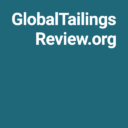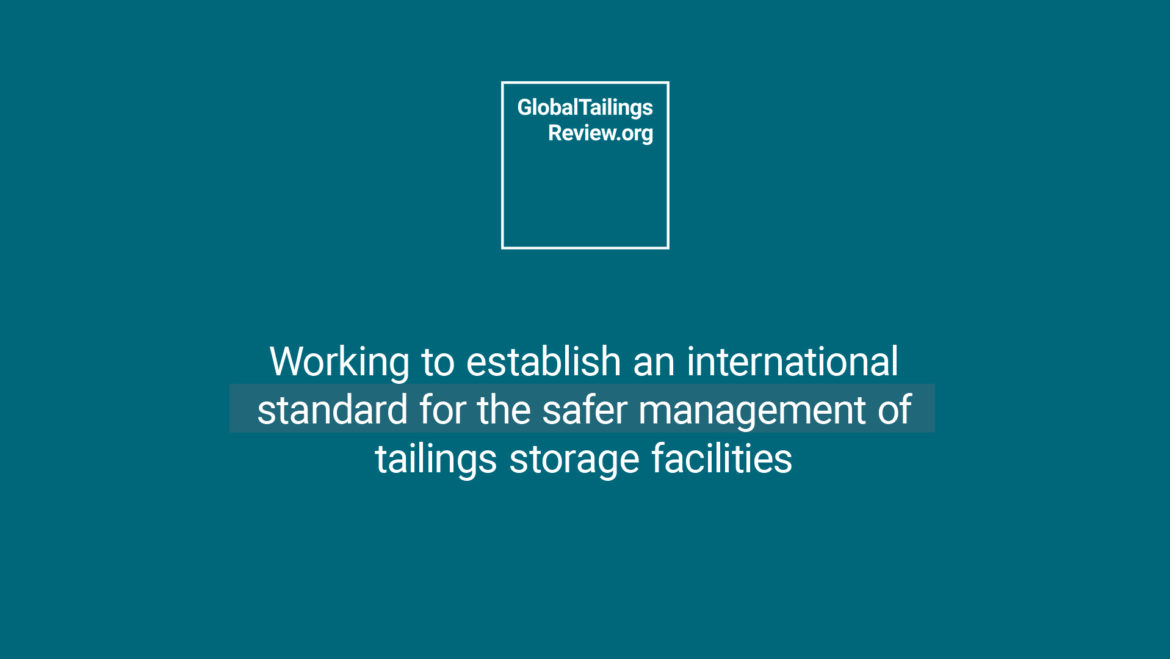Bruno Oberle
On January 25, 2019, a tailings dam near the town of Brumadinho in southeastern Brazil collapsed. The ensuing torrent of mine waste claimed the lives of 246 people (with 24 people still missing) and caused widespread destruction over a 5km path.
In my capacity as chair of the newly established Global Tailings Review — convened by the UN Environment Programme, the International Council on Mining and Metals and the Principles for Responsible Investment — I travelled to the region to see first-hand the tragic impact that this catastrophic event has had on people, communities and the environment. What I witnessed will stay with me for a long time.
After hearing the emotionally fuelled stories of the community, I am unequivocal in my belief that the Global Tailings Review can only be considered a success if it brings about positive change for the safe management of tailings. Business as usual is not an option, and I, alongside my colleagues, will be developing an international standard with this very much in mind.
Something I kept hearing during my visit was that this review must have a legacy. Brumadinho, like so many other communities around the world, has a long and often proud association with mining. It is clear that people need reliable reassurances that the industry can be trusted to have in place the necessary measures needed to keep them safe. We therefore need an international standard on the safe management of tailings dam that can be applied to all existing, and future, tailing dams worldwide.
It is estimated that there are more than 3,500 active tailings dams globally. Each one needs to be managed effectively for the safe and sustainable production of metals and minerals. As part of my role I will be visiting more of these sites in other parts of the world to learn what constitutes good practice and to take the opportunity to engage interested and affected stakeholders.
It is estimated that there are more than 3,500 active tailings dams globally. Each one needs to be managed effectively for the safe and sustainable production of metals and minerals. As part of my role I will be visiting more of these sites in other parts of the world to learn what constitutes good practice and to take the opportunity to engage interested and affected stakeholders.
Coming to this role as an outsider to the industry, I hope that I bring fresh, impartial eyes to the issues that matter most to the communities in the shadows of tailings dams. I will also look to engage with other sectors to learn their lessons and make this review as robust as possible.
It is essential that we bring diverse views to the table to ensure we design a standard that can truly create a step change for the industry. To this end, I am supported in this work by a very experienced expert panel comprising colleagues with deep experience of relevance to this endeavour.
We will benefit from the advice of a diverse range of organisations represented on a multi-stakeholder advisory group to help ensure we develop a standard that is fit for purpose. I am also committed to ensuring broad consultation on the draft standard which will be presented for public, global consultation by the end of the summer.
The final report will be complete by the end of the year. Acting swiftly to meet the objectives of this review is imperative. Once the review and standard are completed, it will be the responsibility of the mining and metals industry to implement.
The company members of the ICMM have already committed to make implementation of the standard mandatory. I call on other mining associations to work with their members and follow suit. I also call on those with the power to influence broader uptake of the standard to support their efforts.
I believe that the international standard when completed, will help the mining industry to improve the management and governance of their tailings dams. I commit to the people that gave me their time and shared their hopes and fears that I will do everything I can to ensure that the review identifies forward-thinking means of responsibly managing the world’s resources, while protecting human life and our environment. This must be the biggest legacy of this review.
First published by The Financial Times on 27 June 2019.




